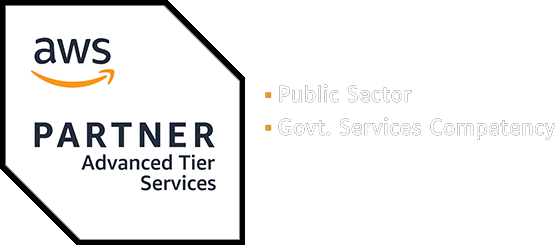A flexible tech stack is a great starting point for a future-ready data platform, but it’s not enough on its own. Even the best-designed platform can become a bottleneck without the right security and operational processes.
This is where borrowing from DevOps can help. DevOps practices have transformed how teams build and deploy software – offering the same benefits to data platforms. By integrating automation, continuous deployment and security-by-design principles, you make sure that your data platform remains adaptable and scalable.
Let’s take a look at some key DevOps strategies that can help you get there.
Borrowing best practice from DevOps to build your data platform
CI/CD pipelines improve data platform agility
Continuous integration and deployment (CI/CD) pipelines are the backbone of agility. They’re essential for managing platform updates, releasing changes incrementally and reducing downstream impacts. For data platforms, this means ensuring updates don’t introduce data pollution or create breaking changes in pipelines. Automating these processes creates consistency and allows for faster iteration without sacrificing quality.
Manage data environments with Infrastructure-as-Code (IaC)
Data platforms often require multiple environments (such as development, staging, or production), but handling data across them comes with challenges. Personal data should never be used outside production. Instead, use synthetic data to replicate scenarios safely. Infrastructure-as-Code (IaC) ensures that your environments remain consistent, reducing the risk of configuration drift or security gaps.
Runbooks and cookbooks: simple guides for smoother operations
Runbooks provide documented solutions to common issues. They give you knowledge at your fingertips. Tie these directly to alerts so support teams can respond quickly and effectively. Cookbooks – repositories of best practices – serve as a go-to guide for recurring patterns or efficient approaches. They can be stored as code snippets, wikis, or documentation.
Build your data platform ‘secure by design’
Security should never be an afterthought. It’s a foundation. Apply the same ‘secure by design’ and zero-trust principles used in DevSecOps. Enforce role-based access control, implement audit trails and conduct regular penetration testing. This will keep your platform resilient against threats.
Use FinOps to keep costs under control
Data platforms can become expensive quickly, especially when mistakes happen. I’ve seen cases where something as simple as a webpage auto-refreshing overnight racked up thousands of pounds in cloud costs. By monitoring spending closely and adopting a defensive design approach, you can prevent runaway costs and ensure resources are used efficiently.
Make your data platform more resilient
Defensive design, or designing with a ‘what could go wrong’ mindset ensures your platform can handle unexpected failures gracefully. Incorporate health checks, redundancy and fallback mechanisms. Use telemetry data and observability tools to proactively detect and address issues before they escalate.
Scale your data platform with standardisation and automation
Using Infrastructure-as-a-Code means that every environment – from development to production – is built consistently. This prevents discrepancies that could lead to deployment failures or security vulnerabilities. It also makes scaling or reproducing environments seamless.
Optimise maintenance with observability and cost control
Proactively design your platform with maintenance in mind. Observability tools, telemetry data and well-structured runbooks all help support teams identify and resolve issues efficiently. FinOps practices make sure the platform remains cost-effective, while documentation like cookbooks reduces friction for future development.
By weaving DevOps principles into your build, you set the foundation for a platform that’s not just functional but also secure and ready for change.
The best data platforms aren’t perfect – they’re built to evolve
In summary, it’s not about getting everything perfect upfront. No matter how well you plan, your platform will evolve. Technology changes, use cases shift and new challenges arise. By designing with flexibility in mind, you make it easier to replace or upgrade components without disrupting the entire system.
Do you want to revisit how to avoid vendor lock-in and remind yourself why it doesn’t pay to gold-plate everything? Take a look at my blogs Building a future-ready data platform and How to choose a flexible tech stack for your data platform . Together, these blogs outline the blueprint for flexibility.
And in a final nod back to my whitepaper Laying the groundwork for AI – although technology plays a critical role in your data maturity journey, it should always be considered alongside your organisation’s use cases and cultural maturity.




